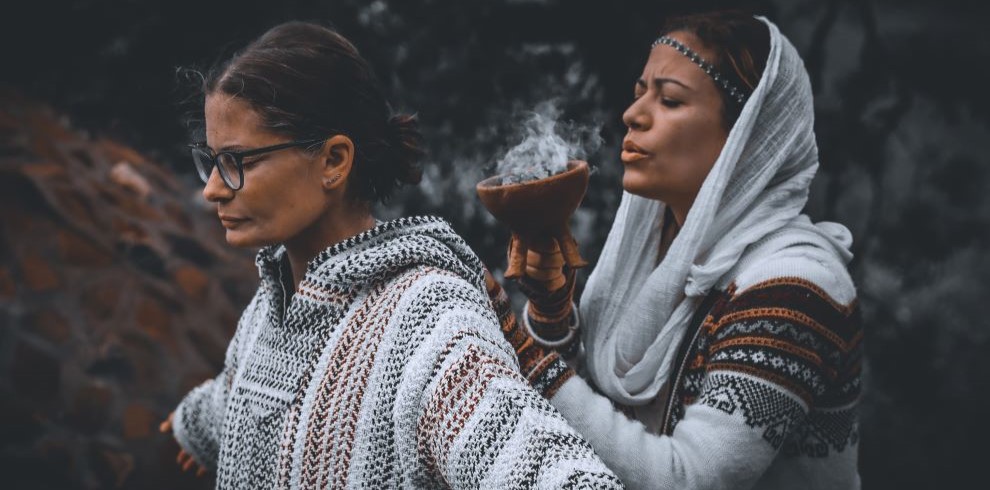- 1
- 1
- 12
- 5
- 2
- 3
- 1
- 1
- 26
- 13
- 1
- 1
- 6
- 1
- 1
- 1
- 1
- 1
- 10
- 6
- 1
- 1
- 37
- 5
- 1
- 1
- 2
- 9
- 3
- 12
- 1
- 1
- 2
- 2
- 11
- 6
- 4
- 1
- 23
- 1
- 7
- 1
- 1
- 1
- 2
- 1
- 1
- 1
- 1
- 1
- 1
- 3
- 1
- 41
- 0
- 1
- 11
- 18
- 4
- 8
- 3
- 5
- 27
- 5
- 12
- 4
- 1
- 3
- 2
- 13
- 2
- 2
- 1
- 2
- 2
- 3
- 1
- 12
- 3
- 3
- 2
- 37
Psychedelic Retreats in San José
The province of San José is located in the central part of Costa Rica and is home to a number of psychedelic retreats. Its proximity to Juan Santamaria International Airport makes access to psychedelic retreats in San Jose much easier compared to more remote parts of the country.
In addition to the psychedelic retreats in San José, you can visit:
- Los Quetzales National Park: a cloud forest with a cool fresh climate located in the Talamanca mountains.
- The Bosque Eterno de los Niños Rainforest: Founded by donations from children in 44 countries, it is a hotspot for biodiversity. Known as Costa Rica’s largest private reserve, it offers bird-watching and hiking trails.
- The Cerro de la Muerte Massif: Known as the “Mountain of Death”, it is the highest point along the Inter-American Highway, which runs the along the entire Talamanca mountain range.
History of Psychedelics in Costa Rica
Any society that produced a plethora of mushroom-shaped artifacts probably placed a great emphasis on their importance within the community, and based on recent research, that seems to be the case. Academic research indicates that indigenous societies, in the area we now consider modern Costa Rica, have long consumed plants and fungi with psychedelic properties. The use of psychoactive substances was associated with local shamanistic rituals/practices, and people who held high positions within the political/religious structures of society.
- Tobacco: Tobacco use and cultivation was noted by the Spanish in the 16th century. Used in celebration of major events
- Morning glory seeds: Ground up with a mortar and pestle.
- Psychedelic mushrooms: References were found to the use of the Amanita muscaria and Psilocybe. While the Amanita was not native to the region, it was transported in.
Legal Status of Psychedelics in Costa Rica
You should be aware that current Costa Rican law prohibits the possession and sale of almost all hallucinogenic/psychedelic substances. While there is inconsistency among the different sources as to the legality of psilocybin mushrooms, you should err on the side of caution.
The legal status of ayahuasca in Costa Rica is that it is simply unregulated, although DMT, the active ingredient in Ayahuasca brew, is a controlled substance under Costa Rica’s Narcotics and Psychotropic Substances Law #8204. This means that there are no specific Costa Rican laws concerning Ayahuasca use.




